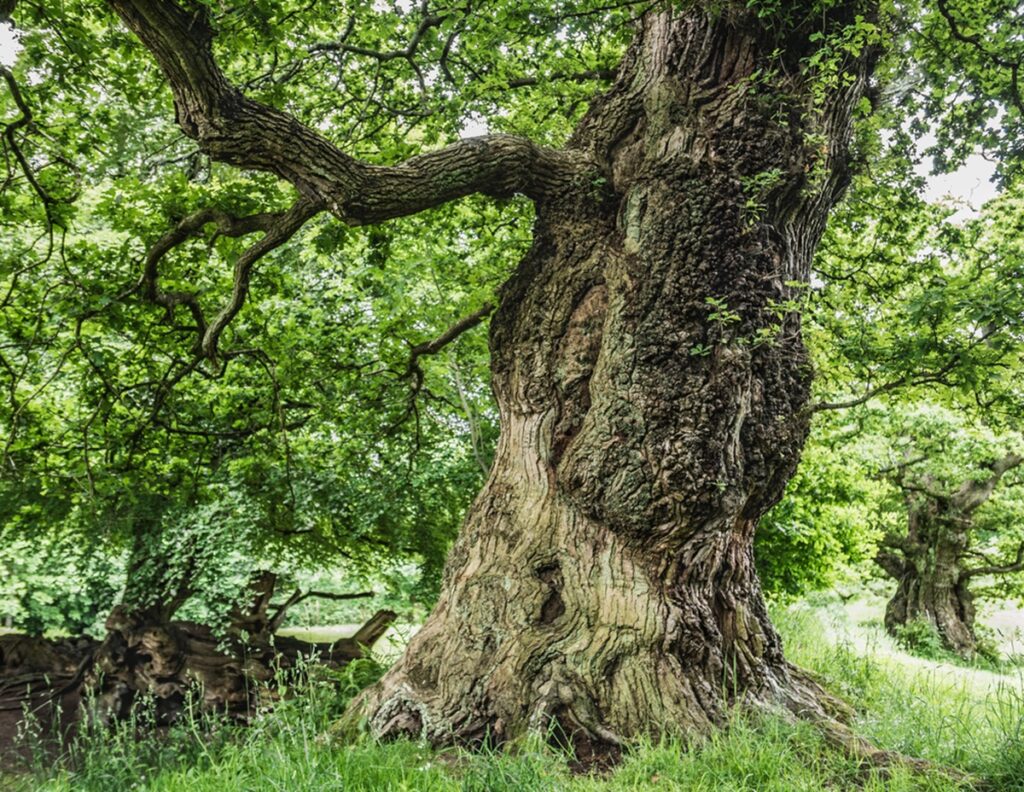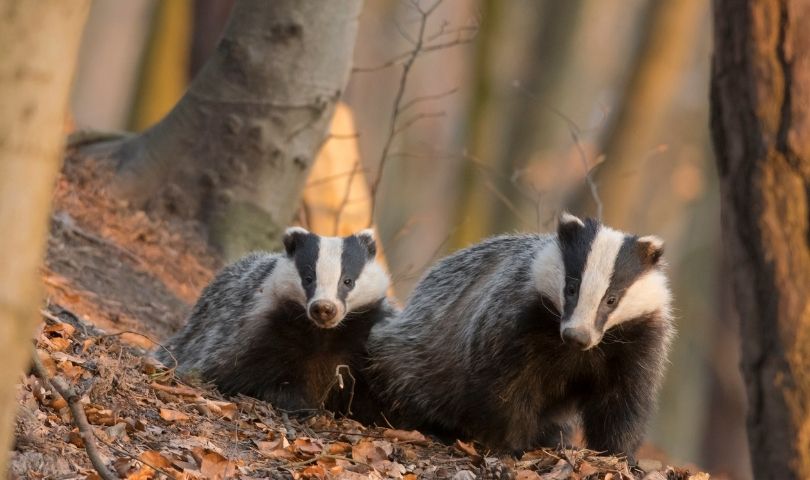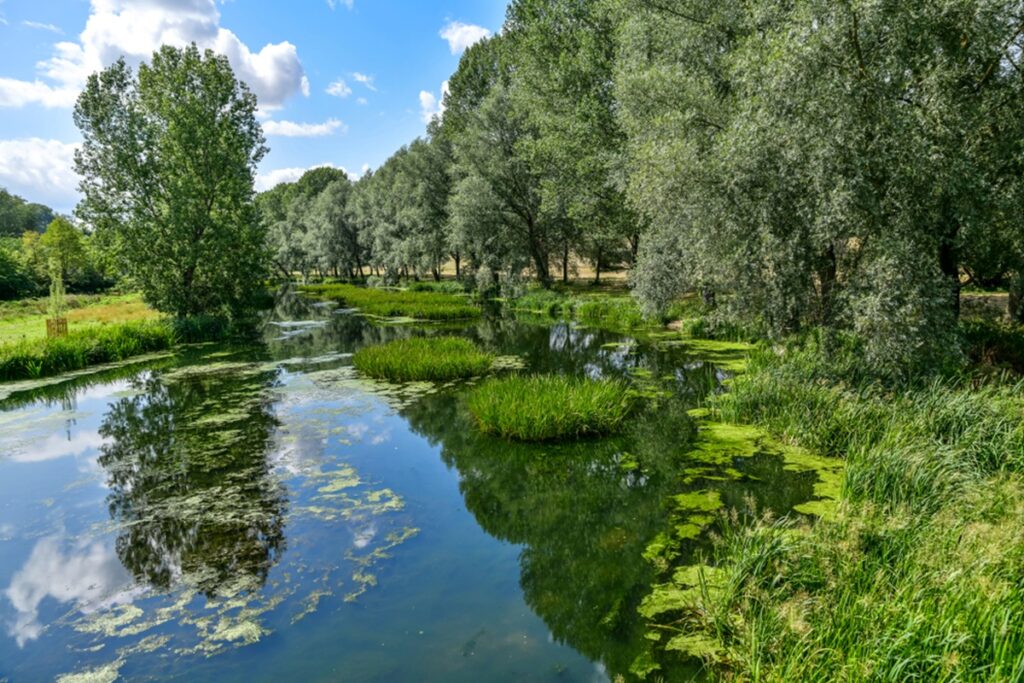Biodiversity Net Gain Gloucestershire: Ecology Surveys and BNG Planning
The introduction of biodiversity net gain (BNG) into UK law through the Environment Act, which received royal assent in 2021, has fundamentally reshaped how development projects are delivered in Gloucestershire.
The biodiversity gain objective is to ensure that biodiversity is in a measurably better state after building development than before, and since February 2024, it has been a mandatory requirement for most planning applications in England.
This means that planning authorities across Gloucestershire, including Gloucester City, Cheltenham, Tewkesbury, Stroud District Council, Cotswold and the Forest of Dean districts, now require developers to demonstrate at least a 10% biodiversity net gain in their applications before they can obtain planning permission.

Engage Qualified Ecology Consultants
Working with qualified ecologists is essential to assess the existing ecological value of a site, forecast biodiversity outcomes post-development, and put forward clear, evidence-based plans to deliver measurable improvements and achieve net gain. These gains must be delivered using the government’s statutory Biodiversity Metric tool and secured for a minimum of 30 years.
BNG is reinforced by the National Planning Policy Framework, Natural England guidance, and Gloucestershire’s own Local Nature Recovery Strategy, which helps shape ecological priorities across the county. Early integration of BNG into project design ensures compliance and avoids costly redesigns later in the planning process.

Ecological Features in Gloucestershire
Gloucestershire is home to some of England’s most varied and ecologically important landscapes, ranging from the ancient woodlands and limestone grasslands of the Cotswolds to the River Severn floodplain, wetland habitats, and the ancient Forest of Dean. These habitats support an impressive diversity of protected species including bats, great crested newts, otters, dormice, badgers, and a wide range of birdlife.
The Cotswolds Area of Outstanding Natural Beauty, Severn Vale wetlands, and the Wye Valley are all areas of high ecological sensitivity and strategic significance: many sites are designated as Sites of Special Scientific Interest (SSSIs) or Local Nature Reserves.
These ecological assets mean that any biodiversity gain plan in Gloucestershire must take into account existing habitats, sites of strategic significance and ecological connectivity, ensuring that development does not compromise key species populations or wildlife corridors. The Gloucestershire Local Nature Partnership monitors key sites across the county.

Preparing a BNG Assessment in Gloucestershire
For any development project, the first step is to commission a biodiversity net gain assessment from an experienced ecologist. This process begins with a baseline survey of the site’s wildlife habitats, classified under the UK Habitat Classification system, and an assessment of their distinctiveness and condition to come up with a pre development biodiversity value. The findings are then entered into the government’s Biodiversity Metric to calculate the baseline biodiversity score.
Depending on site conditions, additional protected species surveys may be required. These are common in Gloucestershire, where features such as rivers, hedgerows, ponds, and woodlands are likely to support bats, otters, newts, or other protected species.
Once the baseline is established, the ecologist models the post-development biodiversity value by assessing the proposed landscaping, habitat creation and land management. If this falls short of the required 10% uplift, further measures will be proposed to bridge the gap and enable local planning authorities to approve planning permission.
On-Site and Off-Site Biodiversity Net Gain
In Gloucestershire, many developments aim to deliver biodiversity net gain on-site. This may involve creating wildflower meadows, planting native tree species, enhancing hedgerow networks, or restoring wetlands along the River Severn and its tributaries. Green infrastructure solutions, such as wildlife-friendly sustainable drainage systems or living roofs, can also contribute to measurable net gains.
Where full delivery on-site is not feasible, developers can secure off-site biodiversity units from habitat banks, ideally within Gloucestershire to retain ecological benefits locally. Some habitat banks are already emerging across the county to meet demand for biodiversity units.
As a final fallback, statutory biodiversity credits can be purchased, but local planning authorities prefer locally delivered enhancements that contribute to Gloucestershire’s wider ecological networks.

Protected Species Surveys
Because Gloucestershire contains such a high proportion of sensitive habitats, protected species surveys often run alongside biodiversity net gain assessments. Surveys for bats, great crested newts, dormice, badgers, reptiles, and otters may all be necessary depending on the site. These surveys are a legal requirement and must be integrated into the BNG process, ensuring that the mitigation hierarchy is followed: avoid, minimise, restore, and only compensate as a last resort.
The Biodiversity Net Gain Plan
A biodiversity gain plan sets out the full strategy for how a development will meet its 10% net gain requirement and ensure the measurable improvements are maintained for 30 years. It includes habitat creation proposals, enhancement and land management schedules, and monitoring commitments, as well as evidence that the project aligns with the mitigation hierarchy.
In Gloucestershire, local planning authorities expect biodiversity net gain plans to support the county’s Local Nature Recovery Strategy and Green Infrastructure Framework, ensuring that new habitats contribute to wider ecological connectivity across the Cotswolds, Severn Vale, and Forest of Dean landscapes.

Our Biodiversity Net Gain Approach
Our ecology consultancy provides biodiversity net gain assessments, reports, and plans across Gloucestershire and throughout the UK, following guidance from all relevant bodies. We handle the entire process, from baseline surveys and Biodiversity Metric calculations to habitat creation advice and long-term management planning.
We also provide all the protected species and ecological surveys that may be required alongside a biodiversity net gain plan, helping major site applications for building development and minor site applications to achieve planning permission smoothly. Our team works closely with developers, architects, and planning consultants to ensure that biodiversity net gain is built into new development projects from the outset.
Request a Free Quote for Biodiversity Net Gain Gloucestershire
If your new development project in Gloucestershire requires a biodiversity net gain plan, we can provide a free quote tailored to your site: contact us today via our online form or use the telephone number on this page.
We will ask for some details about your scheme including the site address. If you decide to proceed with our quote, we will arrange a site visit and start your biodiversity net gain plan in Gloucestershire.
Whether you are a major developer or working on small sites, a commercial client, or private landowner, our experienced ecologists will help you with the decision making process and deliver a clear, compliant plan that meets Environment Act 2021 requirements and satisfies local authorities in Gloucestershire.
By working with specialists early, you will maximise your chances of securing planning approval for your development site and contribute to nature recovery across the county.